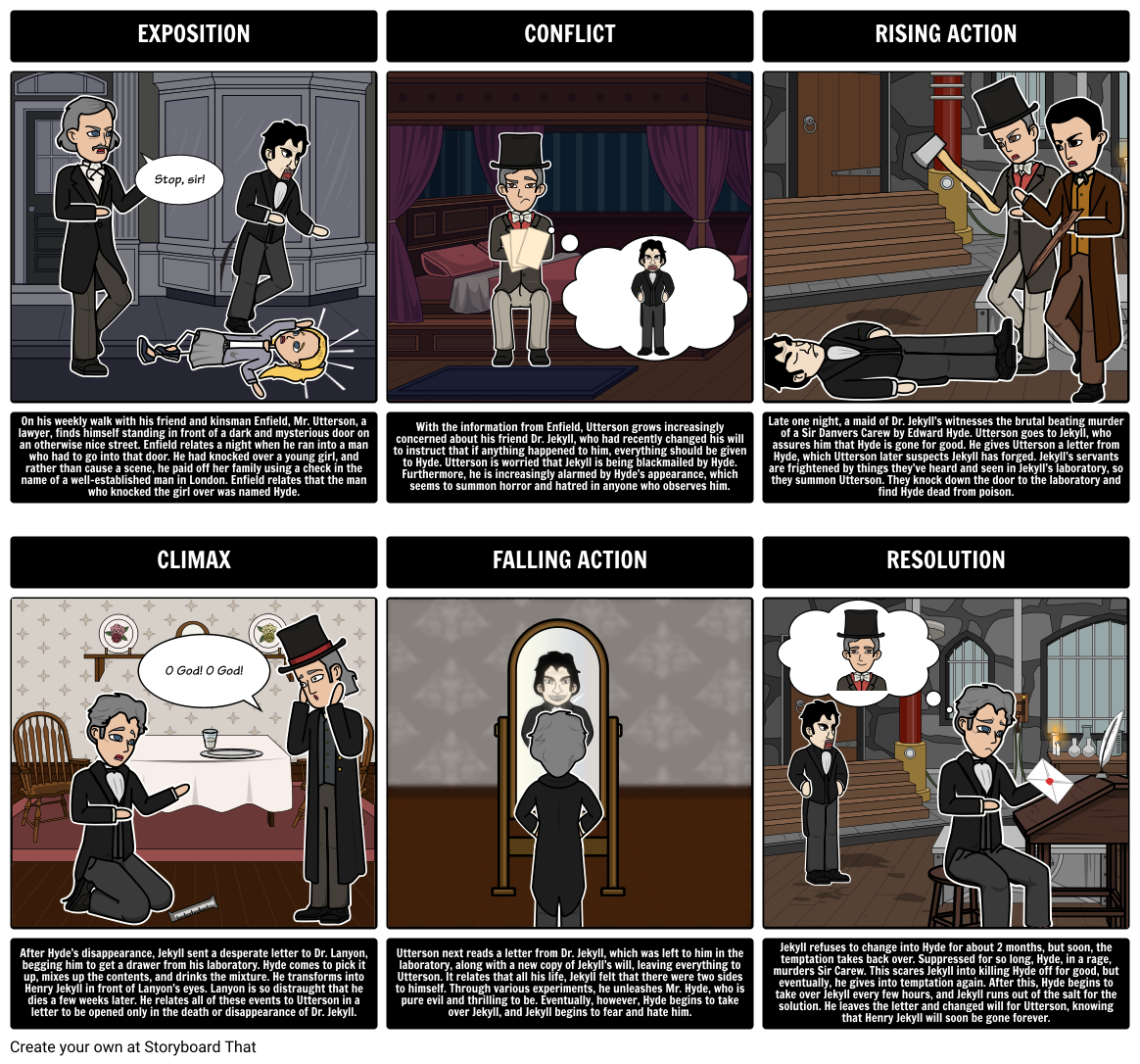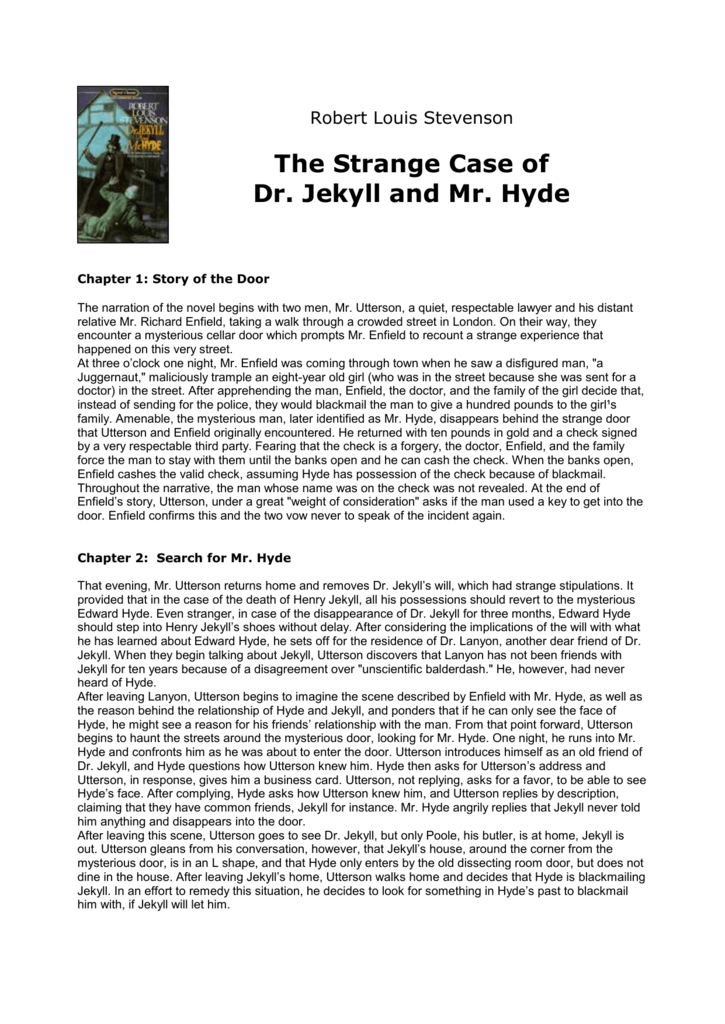
Introduction
Dr Jekyll And Mr Hyde is a classic novel written by Robert Louis Stevenson in 1886. It is a story about a London lawyer named Gabriel John Utterson who investigates strange occurrences between his old friend, Dr Henry Jekyll, and the evil Edward Hyde. The novel explores the duality of human nature and the consequences of repressing one's dark side.
Plot Summary
The novel begins with the story of Mr. Enfield, a friend of Utterson, who witnesses a strange and disturbing incident involving Hyde. This leads Utterson to investigate the relationship between Hyde and Jekyll, who has recently changed his will to make Hyde his sole heir.
Utterson's investigation reveals that Jekyll has been experimenting with a potion that separates his good and evil personalities. Jekyll transforms into Hyde, an evil and violent man, when he drinks the potion. The transformation becomes more and more frequent, and Jekyll begins to lose control of his alter ego.
As the story progresses, Utterson discovers that Hyde is the one responsible for a series of crimes, including the murder of Sir Danvers Carew, a member of Parliament. Jekyll becomes increasingly isolated and desperate, realizing that he can no longer control Hyde.
In the end, Jekyll kills himself in an attempt to rid the world of Hyde. Utterson finds a letter from Jekyll explaining everything, and the novel ends with the revelation that Jekyll's experiment was not an isolated incident, but a common human experience.
Themes
The novel explores the duality of human nature and the conflict between good and evil. Jekyll's experiment with the potion represents the struggle between the two sides of human nature, and the consequences of repressing one's darker side. The novel also examines the idea of reputation and the fear of social disgrace, as Jekyll is afraid of tarnishing his good name with his evil alter ego.

Characters
Dr. Henry Jekyll is a respected London doctor who transforms into his evil alter ego, Mr. Hyde, after experimenting with a potion. Gabriel John Utterson is a lawyer and Jekyll's close friend who investigates the strange occurrences between Jekyll and Hyde. Edward Hyde is Jekyll's evil alter ego who commits a series of crimes. Mr. Enfield is a friend of Utterson who witnesses a strange incident involving Hyde.
Style
The novel is written in a Gothic style and features elements of horror and suspense. Stevenson uses vivid imagery and descriptive language to create a dark and eerie atmosphere. The novel also employs a non-linear narrative structure, with the story told from multiple perspectives.

Adaptations
The novel has been adapted into numerous films, plays, and television shows. Some of the most notable adaptations include the 1931 film "Dr. Jekyll and Mr. Hyde" starring Fredric March, the 1941 film "Dr. Jekyll and Mr. Hyde" starring Spencer Tracy, and the 1995 film "Mary Reilly" starring Julia Roberts.

Conclusion
Dr Jekyll And Mr Hyde is a classic novel that explores the duality of human nature and the consequences of repressing one's dark side. The novel features a range of complex and dynamic characters and employs a Gothic style to create a dark and eerie atmosphere. The novel has been adapted into numerous films, plays, and television shows, and remains a timeless classic of English literature.